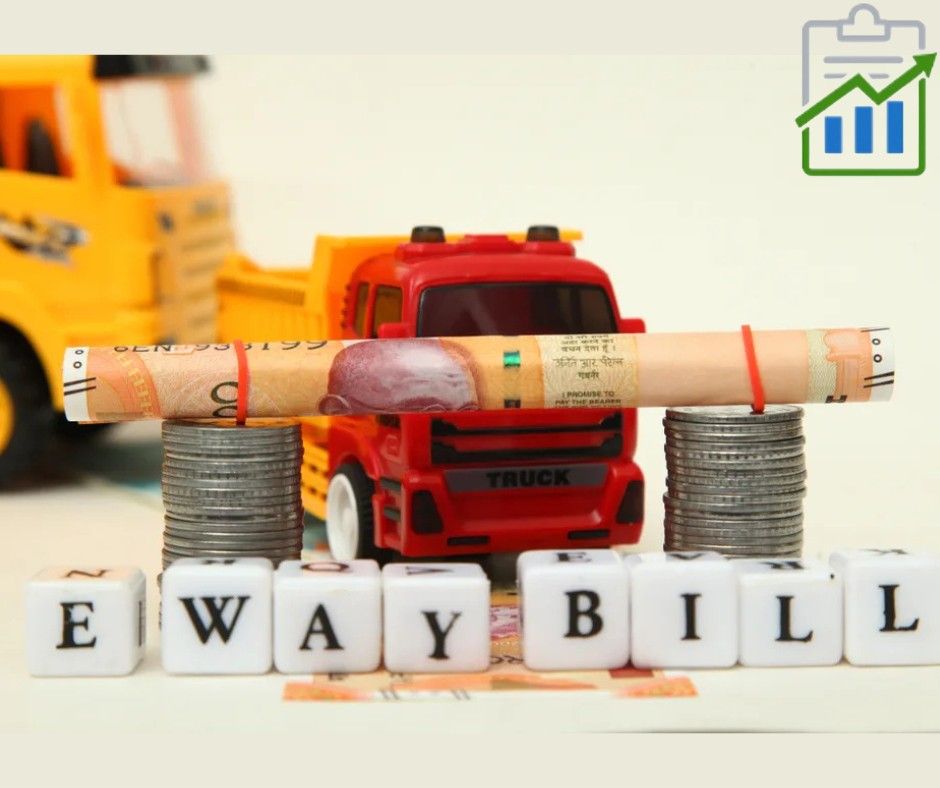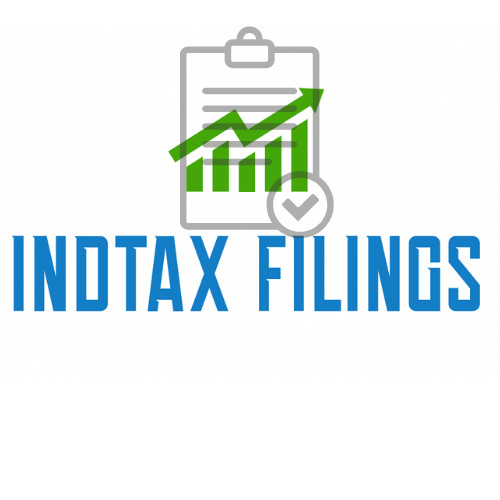
Goods and Services Tax Network (GSTN) has officially announced the launch of the E-Way Bill 2.0 portal, scheduled to go live on July 1, 2025, at https://ewaybill2.gst.gov.in/. Developed by the National Informatics Centre (NIC), this next-generation platform brings upgraded features and full interoperability with the existing E-Way Bill 1.0 portal.
This dual-portal framework is designed to provide uninterrupted access to E-Way Bill services, improve operational continuity, and address high-demand scenarios more efficiently.
Objective of the New Portal
The E-Way Bill 2.0 portal was launched in response to increasing demands from businesses for a more robust, resilient system that ensures continuity during emergencies, peak traffic, or technical downtime.
With this launch, users can now perform critical E-Way Bill functions from either portal, eliminating the dependency on a single system and enabling seamless cross-platform access for taxpayers, transporters, and logistics operators.
Key Features of the E-Way Bill 2.0 Portal
The new portal introduces several critical enhancements that support interoperability and fail-safe operations.
Cross-Portal Functionalities
Users can now perform core tasks on either portal, regardless of where the original E-Way Bill was generated. The following services are now fully interoperable:
- Generation of E-Way Bill (based on Part-A)
- Generation of Consolidated E-Way Bills
- Extension of Validity Period
- Update of Transporter Details
- Retrieval and Printing of E-Way Bills
Real-Time Data Synchronisation
Any update made on one portal is reflected on the other within seconds. This ensures that the E-Way Bill data remains consistent across platforms, allowing seamless continuation of business operations.
Dual-System Architecture
The E-Way Bill 2.0 portal works in tandem with the existing portal, providing a robust dual-system approach. This reduces the risk of operational downtime and allows businesses to switch portals during emergencies without loss of functionality.
API Accessibility
In addition to the web interface, all the services mentioned above are made accessible via APIs. These APIs are currently hosted in a sandbox environment for testing and will be moved to production with the live launch of the portal.
Benefits for Taxpayers and Transporters
The implementation of the E-Way Bill 2.0 portal brings with it a host of benefits, especially for high-volume users and logistics operators.
Enhanced Redundancy
In the case of any technical issue on one portal, operations can continue on the other without disruption. This ensures that goods movement and compliance tasks are not delayed.
Greater Stability During Peak Periods
The load can now be distributed between two portals, reducing the chances of congestion or system failure during peak periods like return filing deadlines.
Legal Validity of Dual Slips
E-Way Bills generated or updated on either portal are valid and acceptable by enforcement officers. This dual-validity model supports real-time logistics operations.
Operational Flexibility
Businesses can choose the portal based on accessibility, without worrying about functional constraints. This flexibility is especially helpful for third-party logistics providers and large enterprises.
E-Way Bill 2.0 portal Integration with GST Compliance Systems
The E-Way Bill 2.0 portal aligns with broader GST compliance initiatives, including e-invoicing, return filing, and reconciliation.
- Data Flow Integration: The portal ensures consistent E-Way Bill data flow to GSTR-1 and GSTR-3B returns.
- API-based Automation: Businesses can automate E-Way Bill generation through integrated ERP systems.
- Alignment with E-Invoicing: Invoices generated under e-invoicing systems can be directly linked with E-Way Bills for faster processing.
For businesses not yet registered under GST, it is essential to register for GST to avail E-Way Bill and other compliance services.
Technical Aspects and Security Features
NIC has emphasised robust architecture and security in the new portal:
- High Availability Servers to handle increased load and reduce downtime.
- Encrypted Data Transmission to prevent unauthorised access.
- User Access Controls with multi-factor authentication.
- Role-Based Dashboards to segregate access by business function (e.g., accounts, logistics).
The portal has also undergone extensive testing in coordination with GSTN and select users in a sandbox environment.
Real-Time Synchronisation and System Redundancy
Both portals will operate in real-time sync, with mirrored data reflecting across systems within seconds. This ensures minimal latency and full consistency of information.
Key Benefits:
- Operational continuity during portal downtimes
- No need for data duplication or migration
- Instant validation across portals
- Legal acceptance of slips generated from either portal
In the event of any technical issue on the E-Way Bill 1.0 portal, users can switch to the 2.0 portal and complete critical actions such as Part-B updates and transporter changes. Both versions of the slip will be legally valid during the movement of goods.
API Integration and Automation
The NIC has also ensured that all newly launched features are made available via Application Programming Interfaces (APIs). These are now live in the sandbox environment for testing and will be operational in production from July 1, 2025.
APIs Available:
- Generate and update E-Way Bills
- Extend validity
- Consolidate shipments
- Transporter and vehicle updates
- For Whom:
- ERP developers
- Logistics platforms
- High-volume tax filers
This move encourages system-level automation, reduces manual intervention, and improves workflow integration for GST-compliant entities.
E-Way Bill 2.0 Advantages for Taxpayers and Transporters
The launch of E-Way Bill 2.0 brings several long-term advantages for businesses:
| Feature | Benefit |
| Dual Access | Use either portal without functionality loss |
| Failover Protection | Continue operations if one portal is down |
| Real-Time Sync | Instant update and mirror records |
| API Access | Automate EWB creation and tracking |
| Faster Updates | Improve compliance timelines |
| Data Consolidation | Seamless merging across portals |
This dual-portal system also allows businesses to be less dependent on support during critical periods and ensures that goods movement is not delayed due to technical glitches.
Getting Ready for E-Way Bill 2.0: What Businesses Should Do
- Log in with your existing credentials
- Try out services like eway bill generation, update, and extension
- Test API integration if you’re using automated systems
- Train operational teams on using both portals interchangeably
Important Note:
To access E-Way Bill portals, your business must have a valid GST registration. If not already registered, apply for GST registration to enable EWB access.
Conclusion
The launch of E-Way Bill 2.0 marks a major upgrade to India’s GST logistics framework. With dual-portal functionality, real-time sync, and full API access, businesses now have unmatched operational continuity. If your team needs help integrating E-Way Bill 2.0 with your ERP or wants expert assistance in GST compliance, contact IndTax Filings today for smooth onboarding and automation support.
Need Help with GST Compliance or E-Way Bill Integration?
IndiaFilings is here to support your business with seamless GST services, including E-Way Bill generation, API integration, and end-to-end compliance management. Whether you’re a first-time GST filer or managing high-volume logistics, our experts can assist you with setup, automation, and troubleshooting.
The E-Way Bill 2.0 portal is a new platform launched by NIC to provide enhanced interoperability and business continuity in GST E-Way Bill operations.
The new portal will go live on July 1, 2025 and will be accessible at ewaybill2.gst.gov.in.
It enables real-time synchronisation with the original portal, provides redundancy during downtimes, and offers seamless cross-portal access.
Yes, users can perform key E-Way Bill functions like generation, extension, or updates on either E-Way Bill 1.0 or E-Way Bill 2.0.
Yes, you can log in to the new portal using your existing E-Way Bill credentials.
You can continue operations—such as updating Part B—on the E-Way Bill 2.0 portal. Both slips are legally valid.
Yes, all functionalities will be accessible via APIs, currently hosted in a sandbox environment for integration testing
No, registration data is synchronised in real time. No separate registration is needed for E-Way Bill 2.0.
Yes, GSTN and NIC are providing user manuals, webinars, and training guides to support adoption.
Yes, businesses must have an active GST registration to generate or update E-Way Bills.
